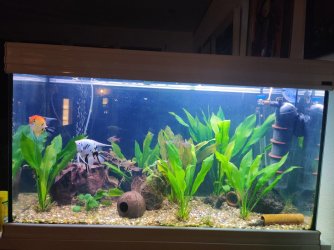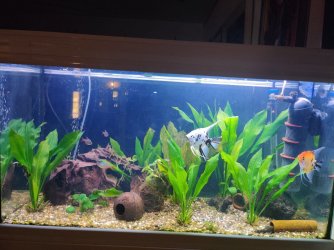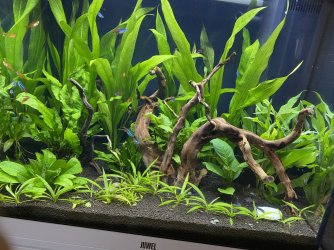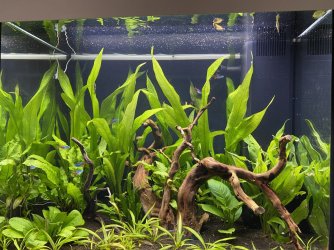Chrenobeno
New Member
Hi all,
I have noticed staghorn algae and it’s getting worse and just now a tuft of BBA on my driftwood. The bladder snails are doing their best but the stag is taking over. I was told Seachem flourish excel was very good for this but there are mixed reviews. I don’t want to spot treat as it’s everywhere. Have any of you guys used it/ know about it and Is it okay, does it work and will it kill my fish! Thanks in advance for any help.
I have noticed staghorn algae and it’s getting worse and just now a tuft of BBA on my driftwood. The bladder snails are doing their best but the stag is taking over. I was told Seachem flourish excel was very good for this but there are mixed reviews. I don’t want to spot treat as it’s everywhere. Have any of you guys used it/ know about it and Is it okay, does it work and will it kill my fish! Thanks in advance for any help.






